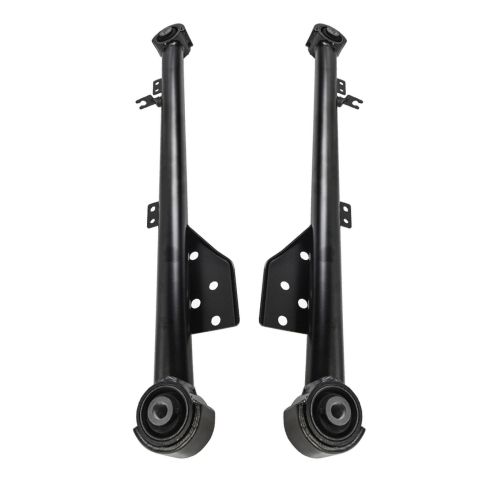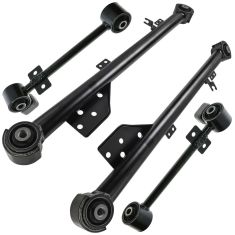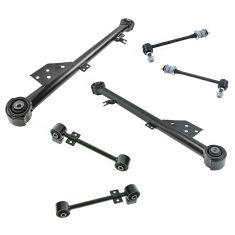1ASFK00214-Nissan Pathfinder Infiniti QX4 Rear Driver & Passenger Side Lower Trailing Arm 2 Piece Set TRQ PSA54722

Replaces
2003 Nissan Pathfinder Rear Driver & Passenger Side Lower Trailing Arm 2 Piece Set TRQ PSA54722

Product Reviews
Loading reviews
4.75/ 5.0
8
8 reviews
Fit Perfect
March 13, 2017
Price was write and the fit was good. Cured the dreaded Pathfinder away. So far so good
High Quality Part!
September 20, 2017
Superb Quality Part, prompt delivery and helpful installation vids make this purchase totally awesome and will recommend my circle of friends and family to check it out. Thanks 1A
Parts
February 5, 2018
Parts fit perfectly except for one bracket short of being able to bow everything down but it was no big deal got everything fixed seem to be doing great thanks a lot I will definitely order again
Excellent Servicd
August 15, 2018
Ordering for your vehicle was convenient and quick given the ability to browse through parts specified to your vehicle. This is itself makes it absolutely easy. Shopping charges were the lowest ive encountered. Delivery time is by far the quickest. I am a satisfied with my overall experience at 1A Auto. Oh yes, let's not forget to mention the auto repair videos that are available on You Tube as well. Thanks 1A Auto.
Amazing
October 7, 2018
I am so pleased with the parts I ordered from them! The parts were intact and well worth the price! I would have paid over double at any parts store out there such great help when financially low. The shipping was very fast an everything was in order. I also received lifetime warranty for my parts as well. My car is doing better and I am so happy I found this place online to buy my parts. I will order again when I need to. If you order from this place you will not be dissastisfied! I recommend anyone who wants good parts and to save some money to order from here. Thank You 1aAuto!
trailing arm
February 25, 2019
I have bought several parts from 1aauto and every part has been great
Great Fit, Seems Durable
December 20, 2019
Both pieces fit without any issues. One piece of the cable mount will need to be adjusted to fit the new trailing arm (1A Auto has a video showing this application).
Thanks for another great quality replacement at a decent price!
September 6, 2021
Perfect fit
Customer Q&A
Does it fit a 2002 Nissan Pathfinder?
December 19, 2016
10
Yes, these rear lower trailing arms are meant to be direct fit replacements for your 2002 Nissan Pathfinder.
December 20, 2016
Alex P
Where can I get new hardware for this part?
April 1, 2023
Nissan is a registered trademark of Nissan Motor Co., Ltd. 1A Auto is not affiliated with or sponsored by Nissan or Nissan Motor Co., Ltd.
See all trademarks.














